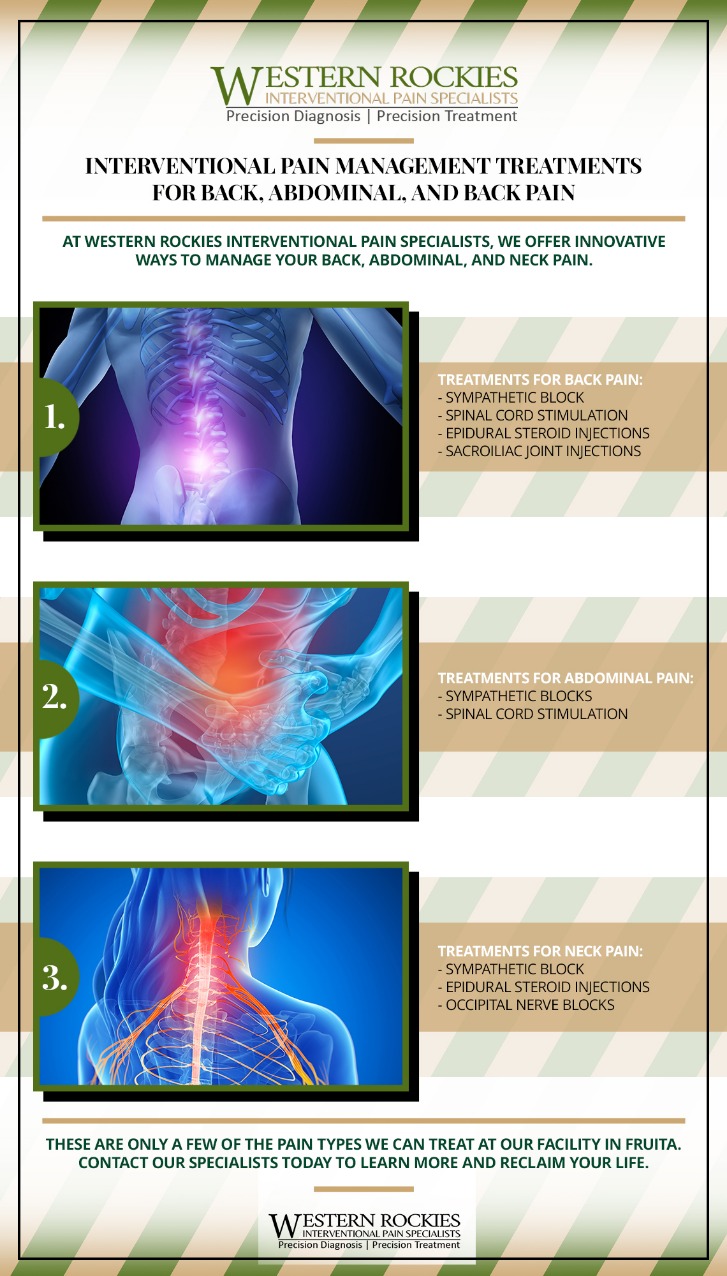Breaking New Ground in Understanding Peripheral Neuropathy
Millions of individuals worldwide grapple with the debilitating effects of Peripheral Neuropathy. This condition entails damage to the peripheral nerves, leading to a spectrum of symptoms that can significantly impact daily life. Understanding the nature of Neuropathic Pain, finding effective Nerve Pain Relief, and implementing successful Chronic Pain Management strategies are pivotal in the journey towards a better quality of life for those affected.
The Mechanisms Behind Peripheral Neuropathy
Central to addressing any health concern is understanding its underlying mechanisms. Peripheral Neuropathy arises when there is Nerve Damage caused by a variety of factors, ranging from diabetes to traumatic injuries. The resultant damage disrupts the normal functioning of peripheral nerves, manifesting as Neuropathy Symptoms such as numbness, tingling, burning sensations, and even sharp, jabbing pains. Delving into these symptoms can pave the way for better Nerve Damage Treatment protocols and improved patient outcomes.
Common Neuropathy Causes
Identifying the root causes is crucial for effective prevention and treatment. Some common Neuropathy Causes include:
- Diabetes: A leading cause of nerve damage, particularly in extremities.
- Infections: Such as shingles or Lyme disease.
- Autoimmune Diseases: Including lupus and rheumatoid arthritis.
- Inherited Disorders: Genetic mutations that affect the nerves.
- Trauma: Physical injury or repetitive stress.
Read more about Nerve Damage Treatment here.
Strategies for Nerve Pain Relief
For those enduring the persistent discomfort of nerve pain, finding effective Nerve Pain Relief is often a top priority. Various treatment options are available:
- Medications: Such as anticonvulsants, antidepressants, and pain relievers.
- Physical Therapy: To manage pain and improve strength and mobility.
- Alternative Therapies: Including acupuncture, massage, and capsaicin cream.
- Lifestyle Modifications: Exercise, healthy diet, and adequate sleep.
Enhancing Chronic Pain Management
Chronic Pain Management requires a multi-faceted approach. It is not sufficient to rely solely on medications. Incorporating physical activity, psychological support, and possibly even surgical interventions can enhance the overall treatment plan. In some cases, electrical nerve stimulation and other innovative techniques provide additional avenues for relief.
Neuropathy Support and Community
One important aspect of managing Peripheral Neuropathy is seeking Neuropathy Support. Connecting with a community of individuals experiencing similar challenges can be invaluable. Support groups, both online and in-person, offer emotional support, share treatment experiences, and provide practical advice for day-to-day challenges.
Moreover, healthcare providers can guide patients to appropriate resources and emphasize the importance of ongoing care and lifestyle adjustments. Education and awareness campaigns can further empower patients, encouraging them to seek timely diagnosis and appropriate intervention.
Conclusion
Addressing Peripheral Neuropathy requires a comprehensive understanding of its causes, symptoms, and treatment options. Embracing a multi-disciplinary approach for effective Nerve Pain Relief and Chronic Pain Management can make a significant difference. Ultimately, a supportive community and early intervention are crucial in managing life with Peripheral Neuropathy.





Leave a Reply